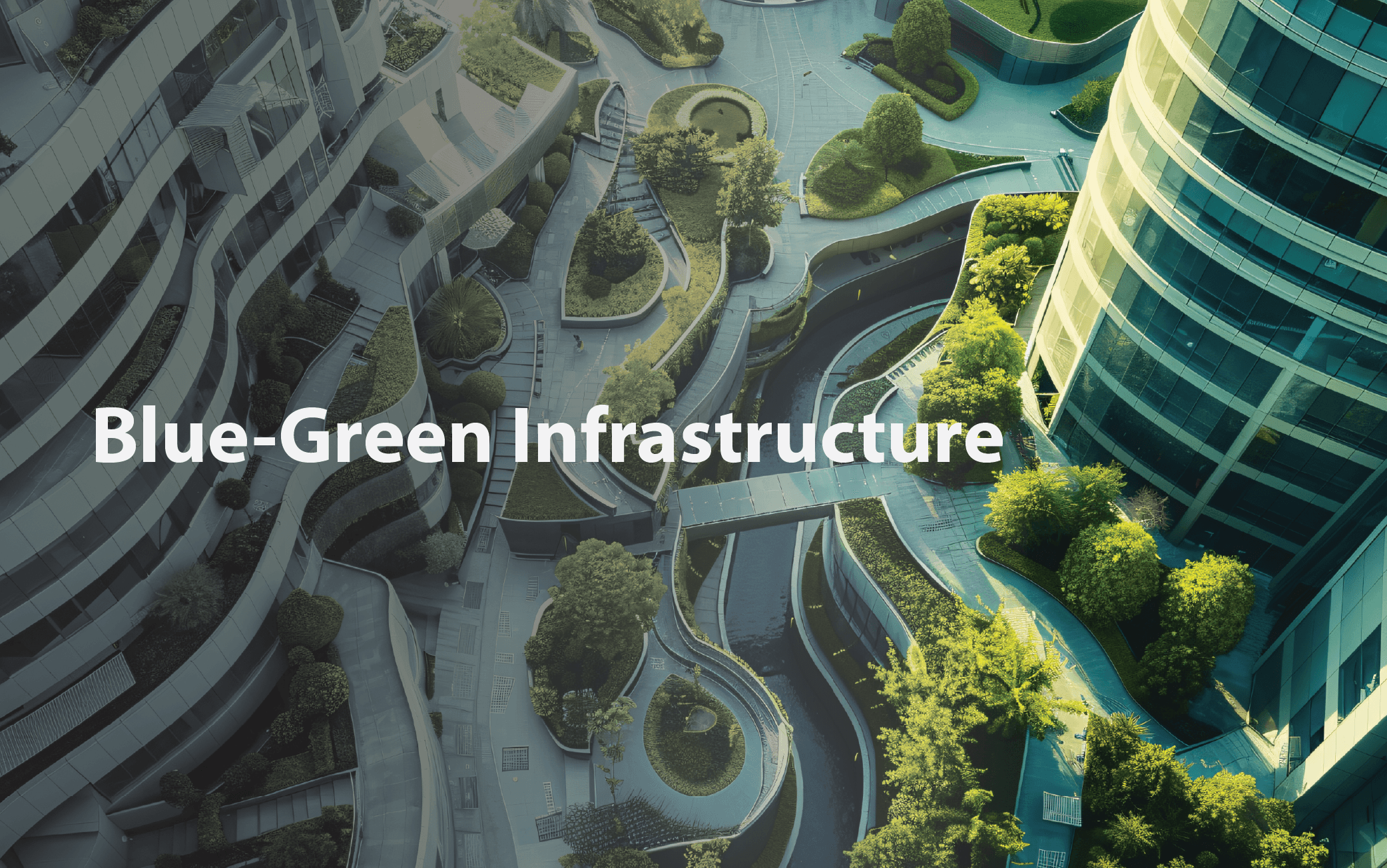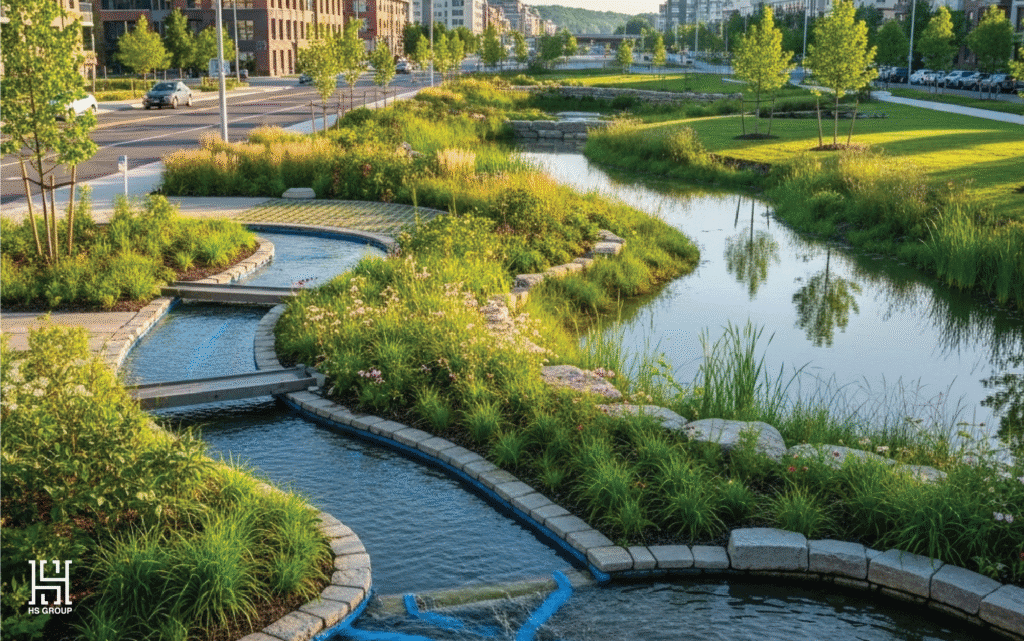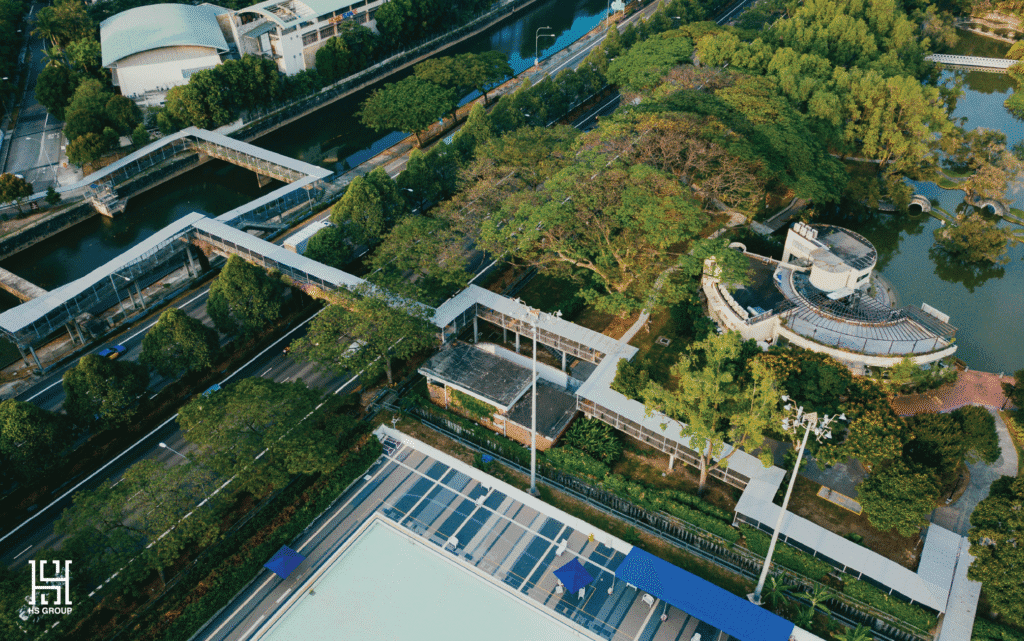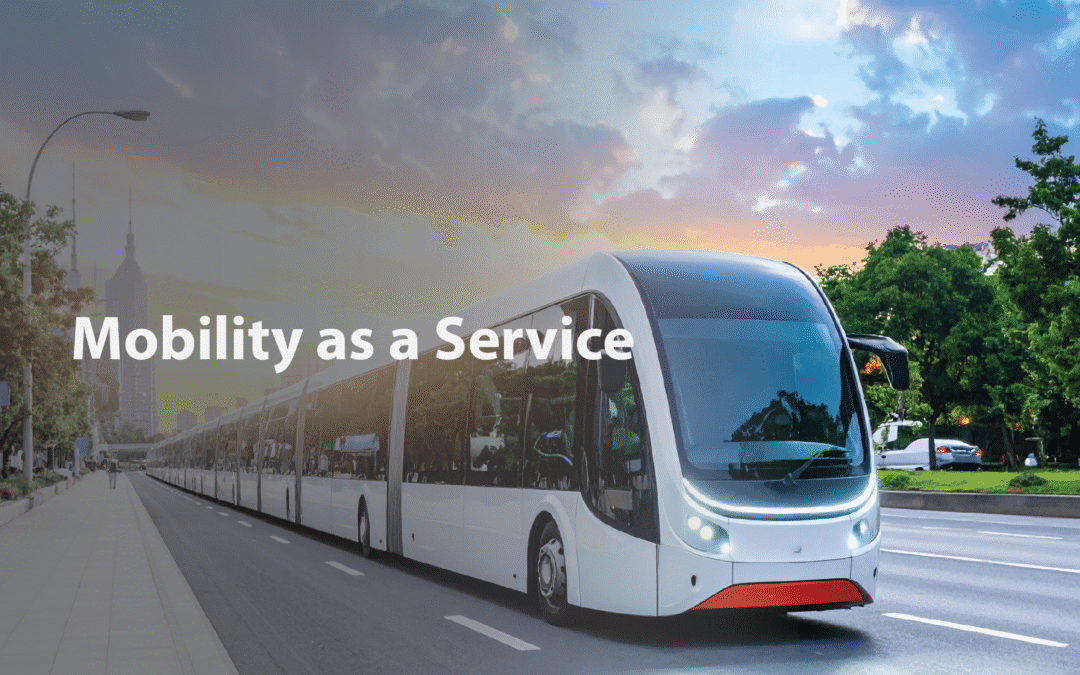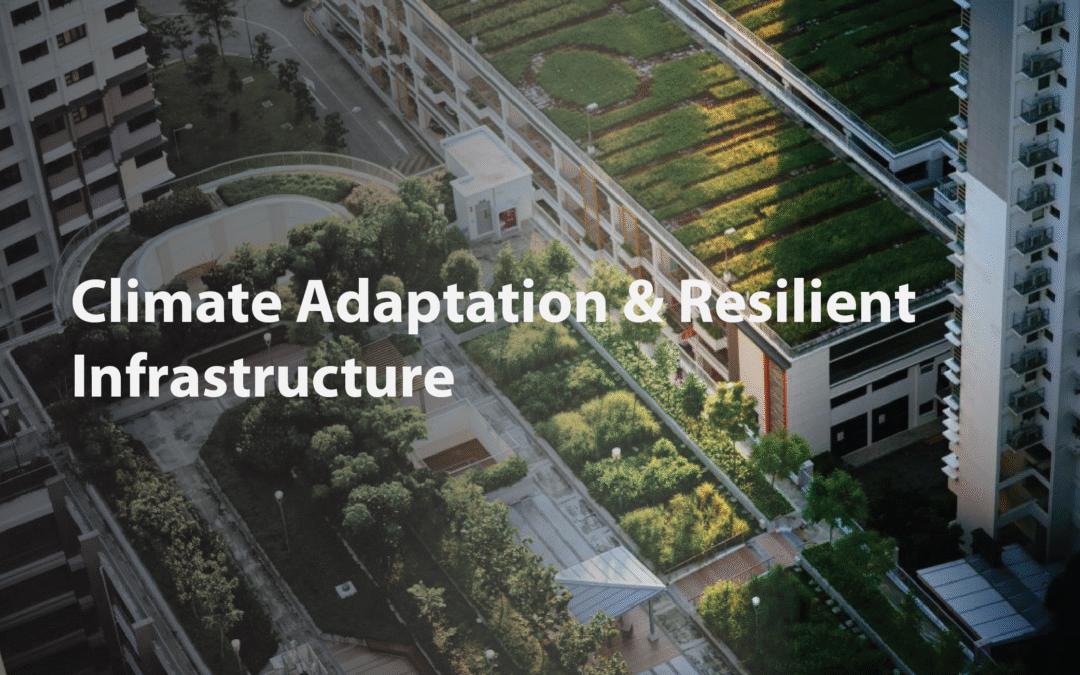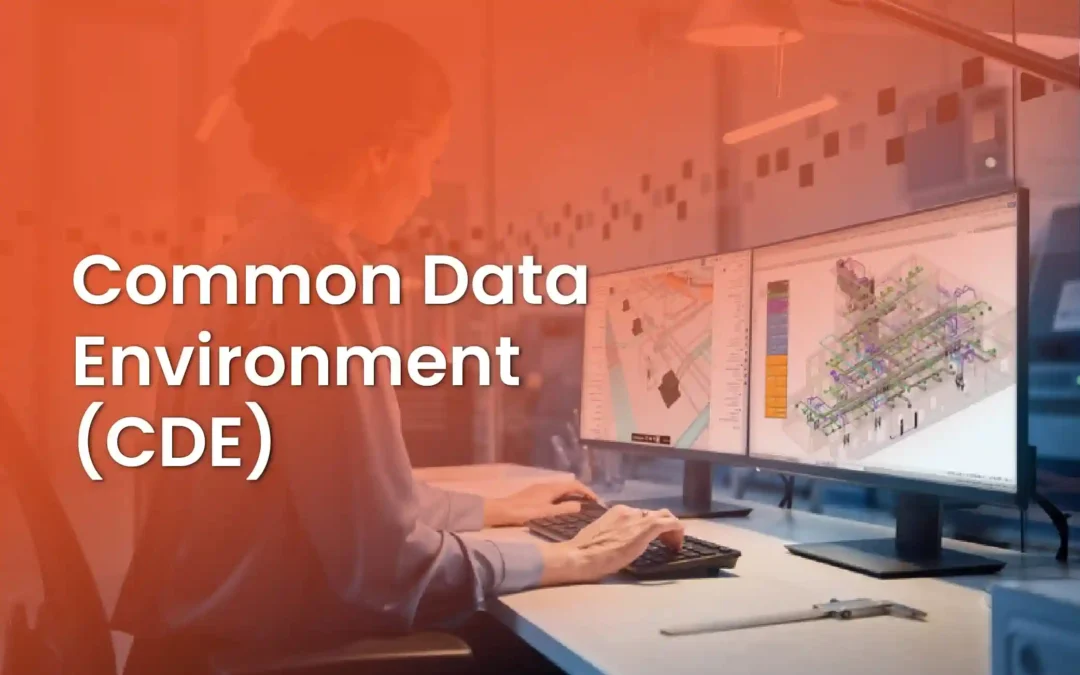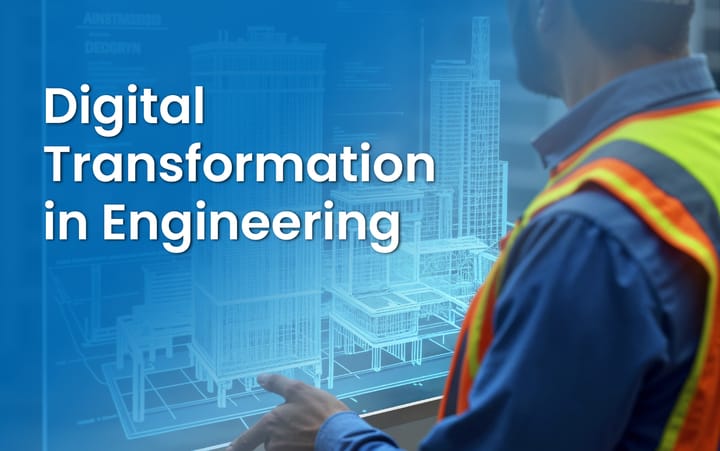Our world is undergoing urbanization at an unprecedented rate, yet the conventional city construction model is failing the climate challenge. HS Group is committed to designing smarter, more resilient communities that meet the needs of the 21st century. By mastering Blue Green Infrastructure (BGI), we are transforming urban liabilities into environmental and economic assets.
From Grey to Blue Green Infrastructure: A Paradigm Shift in Urban Design
The grey surfaces of our cities create a dull urban monolith of concrete and asphalt that enhances two of urban living’s greatest threats, extreme flooding and heat. These hard surfaces speed up runoff, overtax drainage systems, and create heat island effects.
Blue Green Infrastructure offers a shift in thinking. It is the thoughtful and strategic insertion of natural components, soil, plants, and water bodies back into urban environments. Instead of viewing rain as a waste issue to be channeled with expensive pipes, blue green infrastructure sees rain as an asset to be absorbed, filtered, and managed where it falls, while converting concrete liabilities to aesthetic, multi-functional green and blue assets.
BGI requires an engineering discipline to succeed. At HS Group, we are the engineers who make natural systems work reliably and at scale. We don’t just plant trees; we design an integrated back infrastructure that manages stormwater, manages groundwater supply, and supports ecological health using principled civil engineering. Our process creates blue green infrastructure systems that are not only aesthetic but also hydraulic, structurally sound, and carried into the essential framework of the city’s necessary infrastructure.
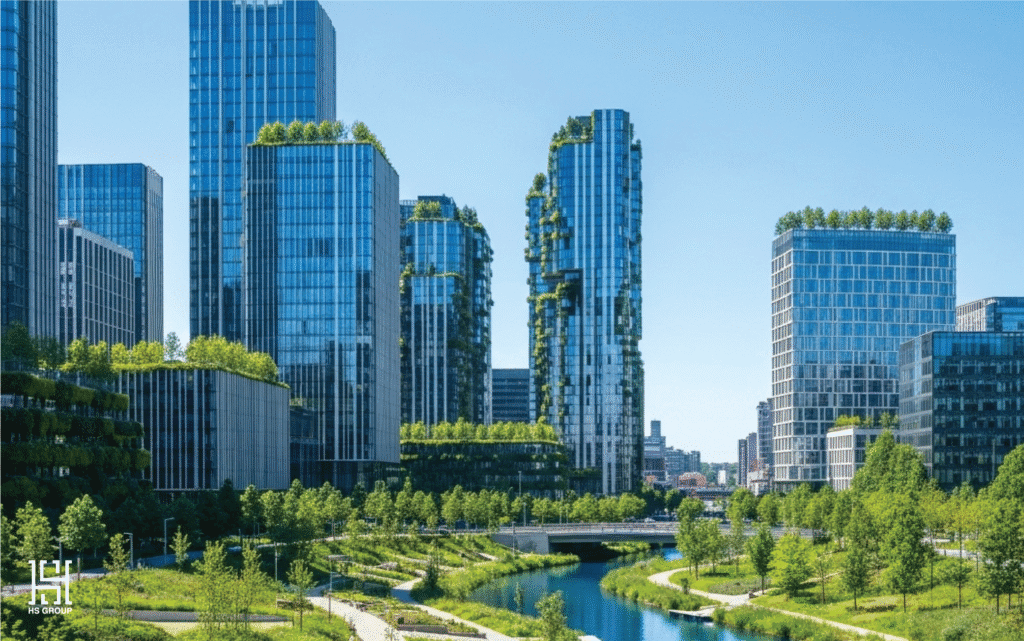
Blue Green Infrastructure Toolkit: From Micro to Macro
Blue Green Infrastructure is not a single technology, but rather a flexible set of solutions that work at multiple scales and integrate with the built environment.
At the Site Scale: Optimizing the Footprint
When considered at the scale of a single building or development plot, blue green infrastructure includes retaining rainfall where it falls and lessening the demand on municipal systems.
- Green Roofs and Walls: Converting unused roof space into stages of plants and soil for rainwater absorption, insulating the buildings, and cooling the surrounding air through evapotranspiration.
- Permeable Pavement: The replacement of non-pervious asphalt paving with surface materials (e.g., porous concrete or paver systems) that allow stormwater to percolate directly to the existing soil to recharge aquifers and filter pollutants.
- Rain Gardens: Shallow depressions designed to filter runoff from impervious areas, vegetated with native plants that absorb water and improve the biodiversity of the site.
At the Neighborhood Scale: Connecting the System
At the neighborhood level, blue green infrastructure connects individual elements at each site into an intentional system for managing water and establishing ecosystem connectivity.
- Bioswales and Filter Strips: A vegetated channel and slope section along roads or parking lots that slow down, filter, and convey runoff while providing an aesthetic and functional substitute to a traditional curb and gutter system.
- Constructed Wetlands: Provided wetlands that mimic the natural filtering processes used to treat large volumes of urban runoff before entering natural waterways, while improving water quality and providing essential habitat.
- Urban Creeks and Daylighting: Restoration of buried or culverted streams (“daylighting”) to function as natural floodplains and ecological corridors, greatly enhancing the recreational value and climate resilience of communities.
The Multifaceted ROI of Blue Green Infrastructure
The advantages of investing in BGI extend well beyond flood mitigation. For developers, municipalities, and communities, the return on investment (ROI) is multidimensional, touching economic, environmental, and social bottom lines.
- Economic: BGI dramatically decreases the capital and maintenance expenses associated with traditional grey pipe-and-concrete systems. Green roofs and tree canopies decrease energy demands for buildings, which lowers cooling expenses for the entire development. In addition, high-quality BGI consistently demonstrates property value increases, which results in a direct financial uplift for the overall development.
- Environmental: These systems are powerful ecological engines. They significantly enhance water quality by removing pollutants and sediment before they enter rivers. They also increase urban biodiversity, sequester carbon, and fight the heat island effect by lowering urban temperatures by 2-5°C during the summer.
- Social & Health: BGI creates inviting public spaces that are beautiful and accessible to the public, that stimulate social interaction and outdoor recreation. Being exposed to nature has well-documented health benefits, such as reducing stress, encouraging physical activity, and intangible factors that create a true sense of place within a community, enabling a city to be livable.
Integrating BGI into Your Project: An Engineering Perspective
Effectively designing BGI relies on careful engineering know-how, not just landscaping. HS Group has the technical expertise to ensure long-lasting success and performance.
- Hydrological Modeling: We never guess. We apply advanced hydrological modeling to simulate existing and future rainfall amounts, helping size BGI elements, from retention ponds to bioswales, to deal with extreme storms as economically and effectively as possible.
- Integrated Design: Our greatest strength is collaboration. We work to ensure BGI is not simply an afterthought. BGI is designed to optimize ecological function from the beginning of the project. We work directly with landscape architecture, urban planning, and civil engineering groups to provide a hybrid design that incorporates ecological function directly into the project structure and its infrastructure.
- Performance Metrics: BGI must demonstrate success. We outline all BGI components solutions with Key Performance Indicators. These indicators will target quantifiable results, such as total volume reduction, peak flow targets, and verifiable water quality improvement to ensure the success of environmental attributes is merit-based and not anecdotal.
- Long-Term Maintenance Planning: No matter how beautiful the design is, a beautiful design must be paired with resilience. We develop systems with durability built in, including practical operational and maintenance guidelines that encourage durable, robust performance over decades.
Need help engineering a resilient, high-performing BGI strategy for your next project? Get a free quote today!
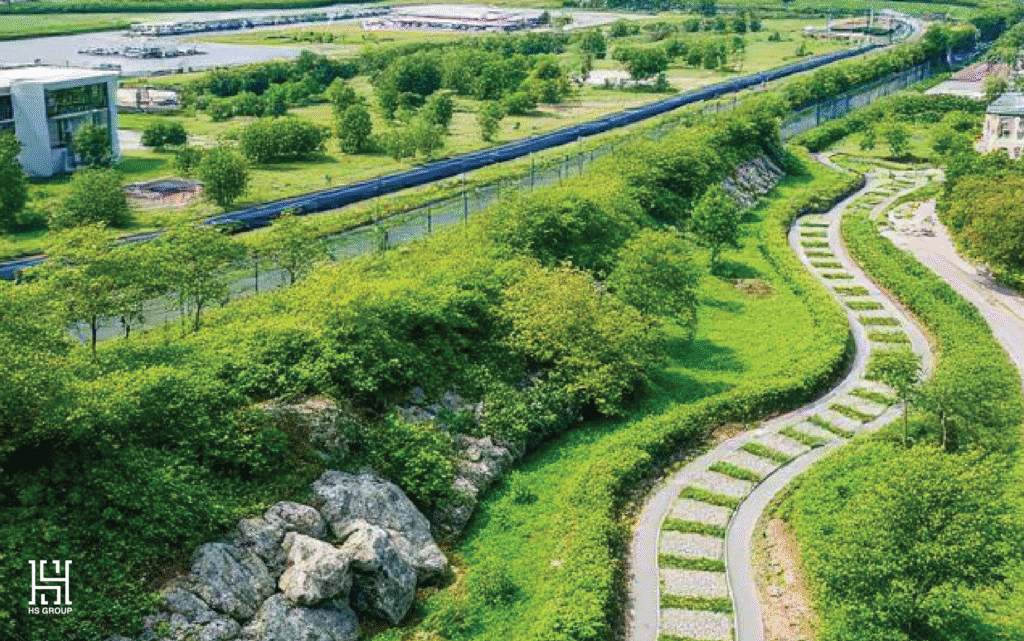
FAQ
What is the core difference between BGI and traditional Grey Infrastructure?
Traditional Grey Infrastructure (pipes, drains, concrete barriers, etc.) removes stormwater from a location. Blue Green Infrastructure (soil, plants, permeable surfaces, etc.) retains stormwater without removing it from the area, allowing natural processes to slow, filter, and absorb the water. BGI is multi-functional, and grey infrastructure is single-functional.
Is BGI only suitable for new developments?
Not at all. While it is easier, BGI is equally effective in retrofit (as opposed to greenfield) development. Developing techniques, such as permeable paving, living roofs, and rain gardens, can be adapted to existing streets, parking lots, and building stock to build resilience in aging urban neighborhoods.
Is Blue Green Infrastructure more expensive than conventional systems?
Not necessarily. Often, BGI is equal to and cheaper than traditional systems over the life of the project. Initial project planning may require new skill sets (which HS Group provides), which often adds time on the front end of the project but can make up the difference and significantly reduce overall long-term maintenance costs related to dredging, repairing broken pipes, and addressing urban flooding damages. When other economic benefits (increase property value, energy savings, etc.) are considered, the overall ROI is much higher than conventional systems.

